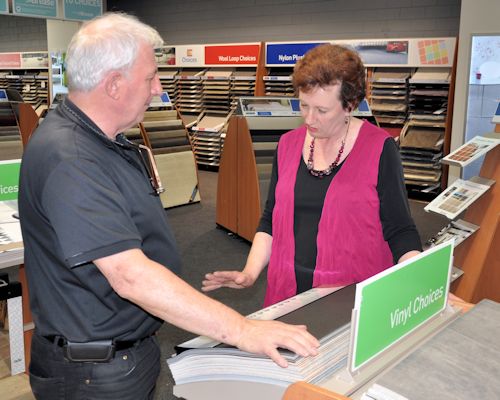Meeting with the client
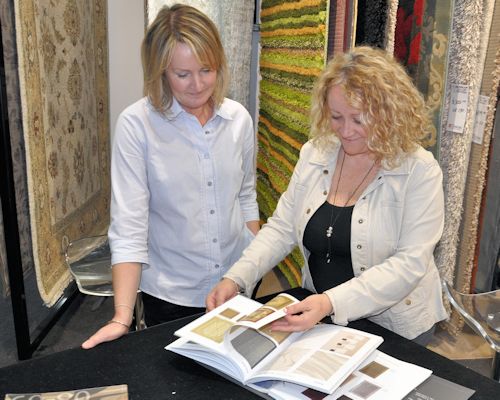 Audio for slide 1 (mp3 |6|KB)
Audio for slide 1 (mp3 |6|KB)
If the showroom is part of your company's services, then the whole process of preparing a quotation, supplying the products and carrying out the installation will be handled internally.
On the other hand, if the showroom is run by a supply specialist, it's likely that you'll be engaged as a contractor after the client has looked at the various options and decided on the floor covering that suits them best.

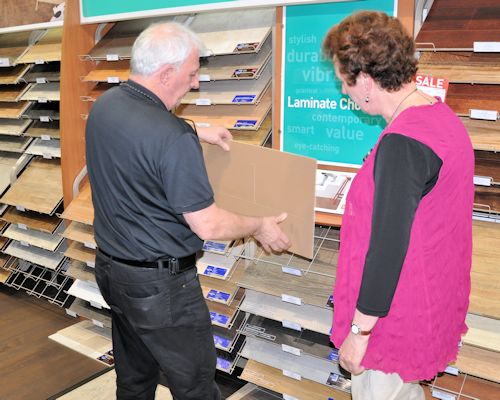 Audio for slide 2 (mp3 |6|KB)
Audio for slide 2 (mp3 |6|KB)
When the installer is also a salesperson
In businesses that offer a supply-and-fix service, the flooring installer is sometimes involved with the client right at the outset.
In these instances, you need to be part technical expert and part salesperson.
Keep in mind that clients don't always know exactly what they're looking for, so you may have to help them by recommending various options and providing advice on the pros and cons of each one.
You can do this while you show them a range of samples.

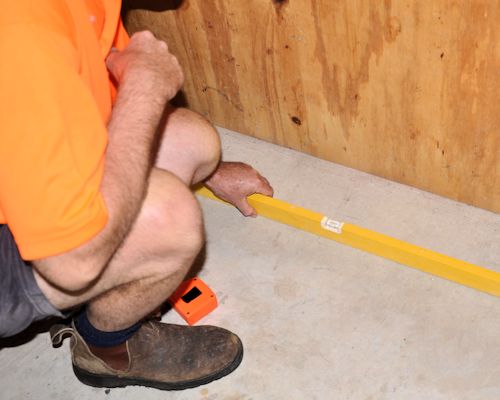 Audio for slide 4 (mp3 |6|KB)
Audio for slide 4 (mp3 |6|KB)
Meeting the client on-site
Before your company can offer a firm price for the installation, someone will need to visit the jobsite to do a site inspection and measure up.
Again, you may be involved in this process as the installer. One of the most important parts of the site visit is the subfloor assessment. This process is covered in detail in the unit: Inspecting and testing subfloors. But for now, we'll look at the site visit in broad terms.

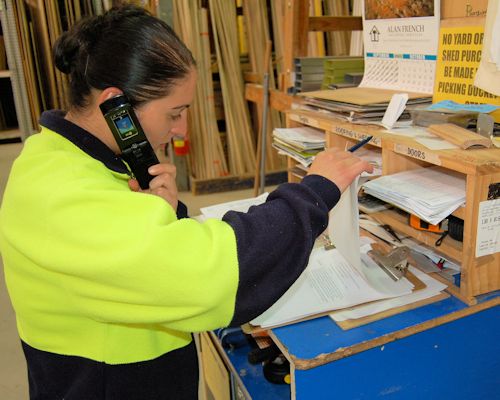 Audio for slide 5 (mp3 |6|KB)
Audio for slide 5 (mp3 |6|KB)
Make sure you write down all the information that's needed to plan the job and prepare a quotation.

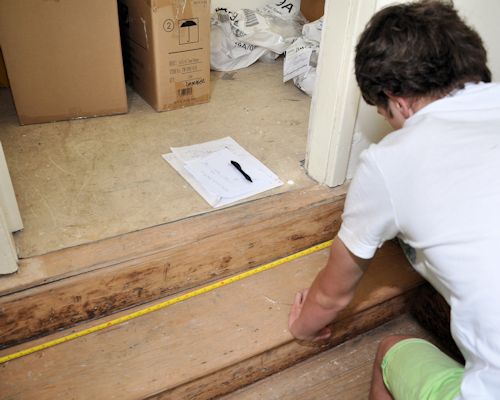 Audio for slide 6 (mp3 |6|KB)
Audio for slide 6 (mp3 |6|KB)
Most companies use a template form with boxes or blank spaces for recording the details. This helps to ensure that you don't forget anything important.
In general, the minimum amount of information you'd need to collect would be:
- date of the site visit
- name, address and contact details of the customer
- description of the products to be installed
- subfloor preparation required
- sketches or plans showing detailed floor measurements and any special features.
Click on the link below to see a typical example of a site assessment template.

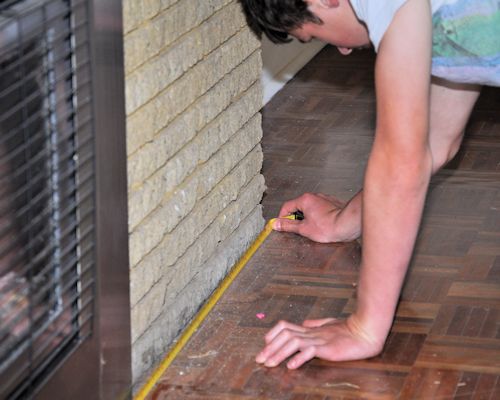 Audio for slide 7 (mp3 |6|KB)
Audio for slide 7 (mp3 |6|KB)
Bear in mind that other people in your company may also need to refer to your notes, and if someone makes a mistake simply because you forgot to write down something critical, you won't be popular with your boss or the customer.

Learning activity
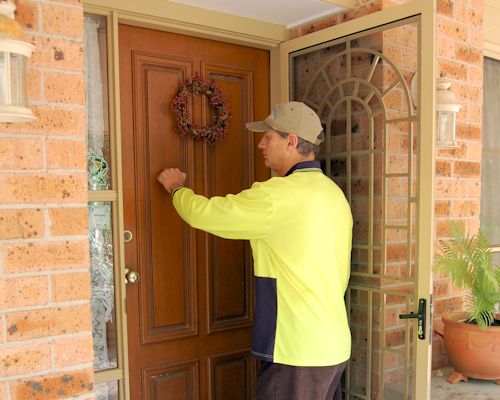 Audio for slide 8 (mp3 |6|KB)
Audio for slide 8 (mp3 |6|KB)
When you meet a client on-site for the first time, it's important that you present a professional image.
The client needs to feel they can trust you and your company to do good job, charge a fair price and are taking a genuine interest in their needs.
One way of looking professional is to show up to the meeting on time, give them a business card and introduce yourself by name.
Can you think of other ways you could present a professional image at this first meeting? You might be able to interview another installer or supervisor and ask them for some tips on what to do and what not to do. Share your answers with your trainer and other learners in your group.






